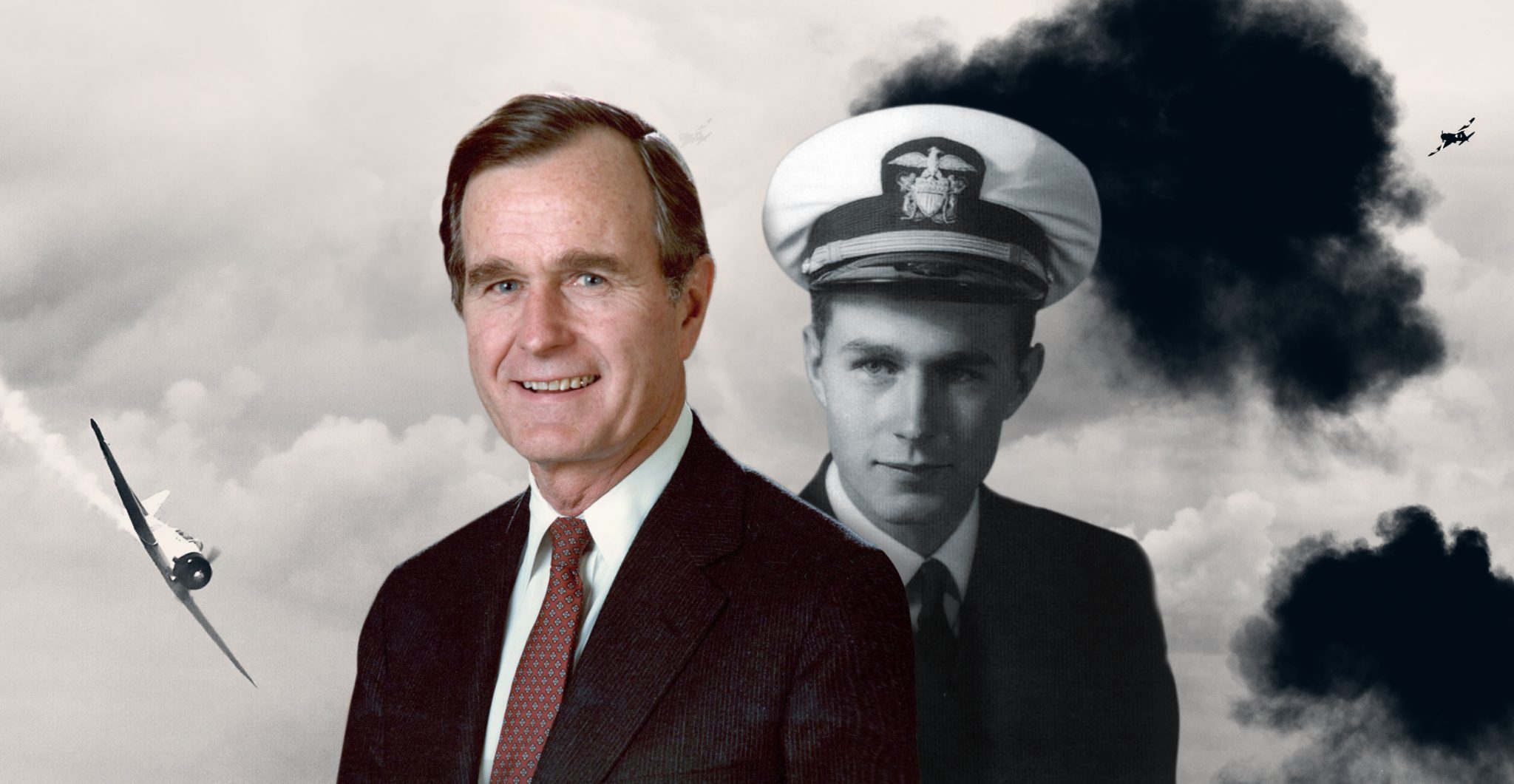He then parachuted out of the burning plane, hitting the tail with his forehead and tearing parts of his parachute.
Among all the positions and duties that service members had during the Second World War, one of the most difficult was being a pilot. The position required excessive training along with a serene focus, not to mention skill.
This was the position that George H. W. Bush would serve in during the Second World War. Somehow, whether by chance or some other reason, he managed to be the only survivor of a mission that began with a total number of nine airmen.
George Bush had just finished high school when he decided to join the U.S. military and fight in WWII. If it wasn’t for the Pearl Harbor attack in December 1941, he may not have chosen that course, but regardless, it is known that Pearl Harbor inspired Bush (along with many others) to join the military.
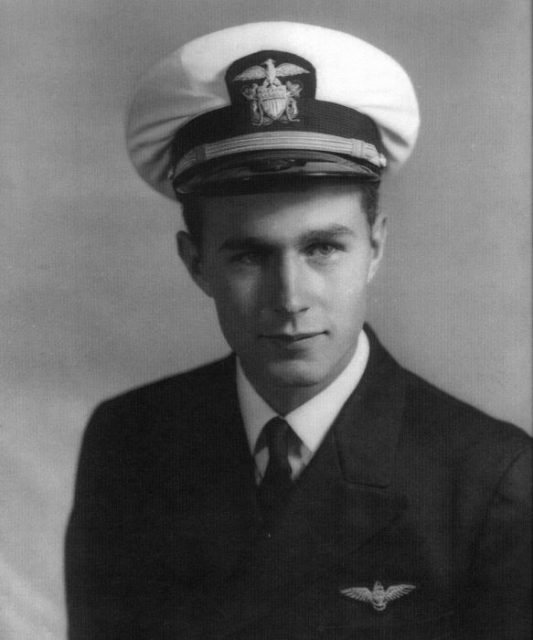
Because he was still underage, he had to wait a little longer before he could begin training. The wait turned out to be worth it, because during a Christmas dance that year he would set his eyes on his future wife, Barbara Pierce.
Right after he turned 18 on June 12th, 1942, Bush left for Boston to be sworn into the Navy.
One year after being sworn into the Navy, George H. W. Bush became one of the youngest flying officers in the U.S. Naval Reserve. His mission was to fly Grumman TBM Avenger torpedo bombers over the Pacific in the fight against the Japanese.
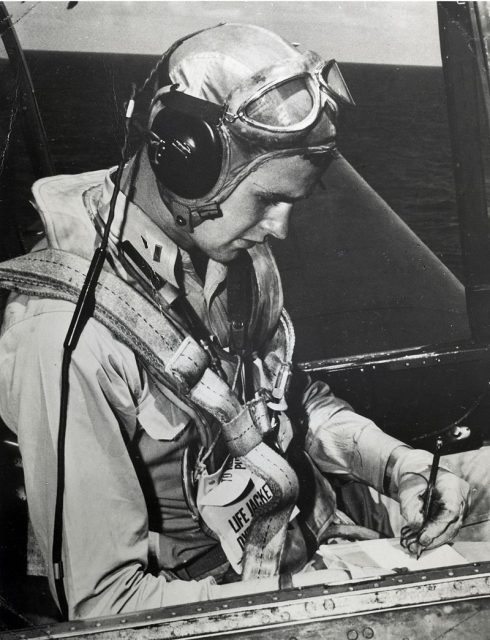
At sunrise on a September day in 1944, Bush and his two crew members along with several other planes were sent on a mission over a Japanese island called Chichijima. Since the island was a strategic point for communications and supplies for the Japanese, it was Bush’s duty to bomb a radio tower there, cutting the Japanese lines of communication.
Unfortunately the mission did not go as planned and almost every one of the airmen involved became casualties.
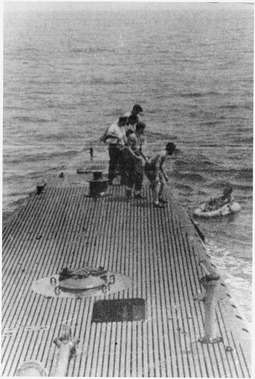
Bush’s plane was crippled by enemy fire and the cockpit filled with smoke. The 20-year-old Bush told his crew to escape the plane immediately as it was in danger of exploding. Disregarding this danger himself, he completed the mission by launching the 500 pounds torpedoes and destroying the radio tower.
He then parachuted out of the burning plane, hitting the tail with his forehead and tearing parts of his parachute. Bush had enough luck to land in the water and escape the Japanese boats with the help of other U.S. planes that patrolled overhead.
His own crew members did not survive, as one of them went down with the plane and the other one’s parachute did not open. Several of the airmen from the other planes shot down were captured by the Japanese.
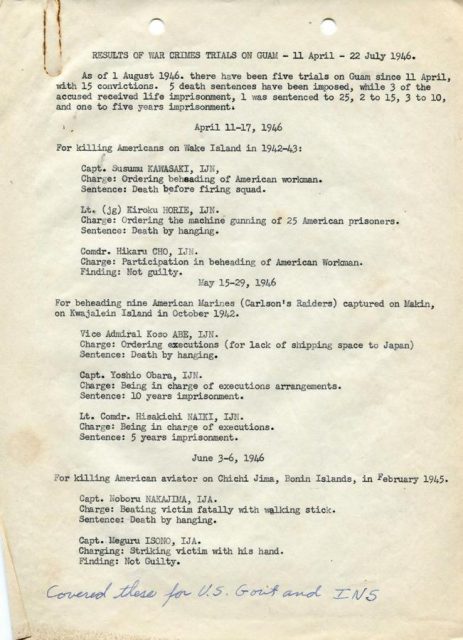
Nine airmen escaped their crashing planes, but only George Bush ultimately survived. The rest of the crew suffered terrible fates, including war crimes, at the hands of their Japanese captors on Chichijima.
Meanwhile, Bush floated on a life raft for hours, vomiting and in pain from the blow to his head. The submarine USS Finback eventually came to save him.
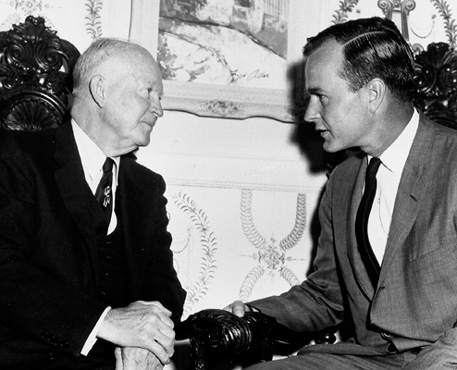
Bush assisted in the rescue of other downed pilots during the month he spent onboard Finback. He would later receive several awards including the Distinguished Flying Cross, three Air Medals, and the Presidential Unit Citation awarded to USS San Jacinto.
Read another story from us: 10 U.S. Presidents Who Served in the Military
George H. W. Bush would later marry Barbara Pierce and go on to become the 41st President of the United States of America. He passed away in 2018, and is remembered by some among the public as one of the luckiest men ever to fight and survive the Second World War.
